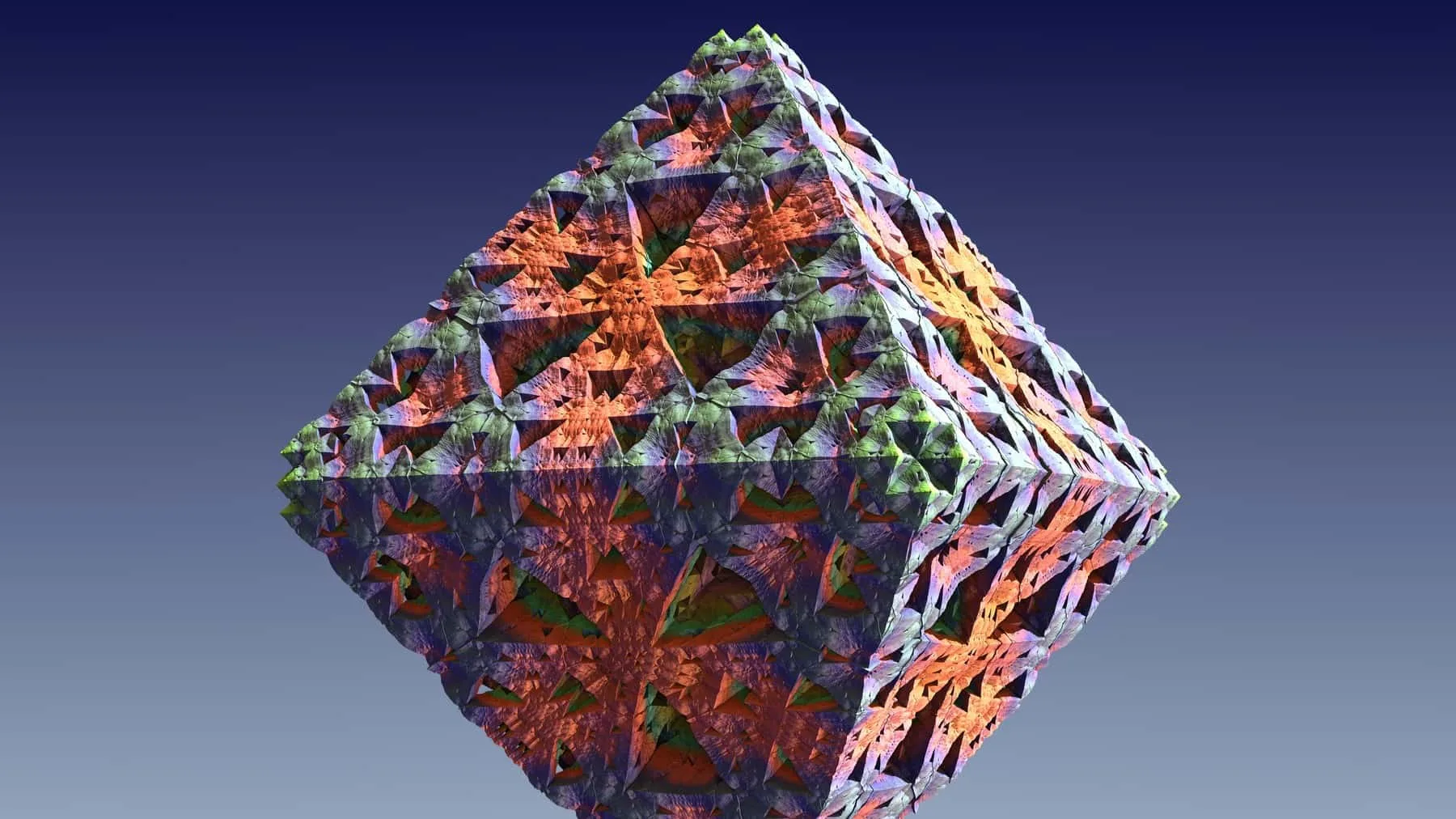Ethereum 2.0: Roadmap, timeline and implications

What to expect from Ethereum 2.0, and what we don't yet know about it.
 Sponsored by Swyftx. The Australian-based cryptocurrency exchange that combines all the trading tools, education and news into one simple place. Access AUD desposits and withdrawals, trading view charts and near-instant verification. Learn more.
Sponsored by Swyftx. The Australian-based cryptocurrency exchange that combines all the trading tools, education and news into one simple place. Access AUD desposits and withdrawals, trading view charts and near-instant verification. Learn more.Ethereum 2.0 formally launched on 1 December, 2021. It's a multi-pronged multi-year initiative to upgrade Ethereum, one of the world's largest cryptocurrencies.
This guide explains what Ethereum 2.0 aims to accomplish, what's involved in it, how long it will take and some of the expected implications.
Note: This guide was last updated on 27 April 2021 with new information about the Berlin and London hardforks.
The goals of Ethereum 2.0
Like most blockchains, Ethereum suffers from what's called the "scalability trilemma." This refers to the trade-off between security, scalability and decentralisation.
The theoretical ideal is a blockchain that's perfectly secure in all circumstances, infinitely fast and sustainable and completely decentralized. But in practice, it's tended to be a balancing act. Many blockchains, for example, have squeezed out more speed at the cost of security and decentralisation.
Ethereum, however, was built on a framework that emphasised decentralisation and security, with speed and scalability intended to come along in later years as new research allows. Now, research has come far enough to make it possible.
Years in the making, Ethereum 2.0 is the implementation of a series of upgrades predominantly intended to help scale Ethereum, while adding some improvements to security and decentralisation in the process.
One overarching goal is to transition Ethereum from proof of work to proof of stake. This means moving away from the old mining system, in which people mine cryptocurrency with hardware like GPUs, and towards a system where people can mine with staking software and their existing cryptocurrency holdings.
While there are still many open debates around the merits of proof of work versus proof of stake, research suggests proof of stake is generally more secure and much better at aligning the incentives of network users. In other words, it means more crypto holders can more easily pick up a cut of the network revenue and participate in consensus, instead of simply "outsourcing" the job consensus to a largely external group of miners.
It's also undeniably more environmentally friendly, and opens the door for scalability improvements.
These upgrades come in three main phases.
- The Beacon Chain - launched 1 December 2020
- Sharding - expected in 2021
- Docking - expected in 2022
Each of them stands to impact Ethereum in different ways.
The Ethereum Beacon Chain
The Ethereum Beacon Chain brings proof of stake to the Ethereum network. It's essentially a separate proof of stake network inside the "old" Ethereum blockchain (Eth1).
It started in early November 2020 with a deposit contract in which people could lock Ether while running beacon chain nodes. The deposited Ether will remain locked off on their own separate sub-network until being merged with the main Ethereum chain a couple of years down the line. It went live on 1 December after accumulating enough deposits to kick off.
In exchange for their service, the Beacon Chain stakers earn returns on their locked Ether, while also taking on the risks and burdens of needing to run a node. Their goal is now to test drive this sub-network and make sure everything there works as intended.
The immediate functional impacts of the Beacon Chain launch are somewhat hazy, but there are a couple of potential effect.
One is that there is now about 1.15 million ETH locked up in the Beacon Chain, roughly 1% of the total supply. Theoretically this is mildly good news for Ether prices, although it's practically impossible to tell whether any price moves can be attributed to it.
A probably more significant impact is that it's a good look for Ethereum. Despite the long road still ahead, the Beacon Chain goes a long way to proving skeptics wrong, and showing that the wheels are in motion and the promises Ethereum made years ago are coming to fruition.
It's a sharp contrast to countless other chains that have also made grand promises, but failed to deliver.
Sharding
In computer science, sharding is the practice of splitting up a database to spread the load across multiple servers. It's the same in Ethereum, where this phase will see the blockchain split up across a proposed 64 shards.
These shards will work in conjunction with the Beacon Chain.
When implemented, this is expected to have a few effects. The clearest will be improved network throughput. It's expected that the introduction of sharding alone would allow Ethereum throughput to increase 100-fold.
Another effect will be reduced computational load, allowing more lightweight devices such as laptops or phones to run Ethereum clients. Beyond making Ethereum more generally portable and accessible, this will also reduce the network's reliance on intermediaries and hosting services, contributing to more effective decentralisation.
The exact characteristics of the shards and how to distribute the network across them is still a matter of open debate and further research. It's still not clear whether it's better to give each shard the full capabilities of the main Ethereum chain, such as the ability to execute smart contracts and other more complex computations, or whether it's better to have different shards for different purposes.
The answer to these kinds of questions is largely dependent on what happens in related developments, such as zero knowledge proofs. Further developments in this area will give us a better idea of what kind of functionality each shard will need and how to best distribute the network.
it's expected that the Beacon Chain will be sharded in 2021.
Docking
The third and final phase, anticipated for 2022, will be docking, when the Beacon Chain and Eth1 are merged together.
Essentially, the Eth2 Beacon Chain will become the "real" Ethereum blockchain, while Eth1 becomes another shard. At this stage Ethereum will be a fully-fledged high-scalability proof stake blockchain.
Mining will no longer be required at this point, so it's expected that miners will abandon their machines and reinvest in more cost-effective avenue of staking.
Effects of Ethereum 2.0
By itself, the transition to Ethereum 2.0 is expected to turn it into a faster, more secure and more usable blockchain. Intuitively, this is expected to be good for Ethereum in the sense that it should attract more users and grow a bigger ecosystem.
However, a complete transition to proof of stake will also change the chain's economics significantly.
Functionally, it will introduce a base "interest rate" to the network's economics, measured by the returns earned from staking Ethereum. It's speculated that this will serve as a benchmark against which the returns from DeFi yield-earning applications and other tools can be measured.
It's estimated that stakers will need returns of between about 3% and 12%, depending on market conditions, to consider staking sufficiently financially rewarding, so those are roughly the returns targeted.
But it's also worth noting that the Ethereum 2.0 roadmap is not the only thing expected between now and 2022.
For example, zero knowledge proofs and other layer 2 solutions will also add to Ethereum's functionality, while necessitating course adjustments along the way to the final stage of Ethereum 2.0, and it's also likely we'll see changes like Ethereum Improvement Proposal (EIP) 1559 implemented, which would burn a portion of Ethereum transaction fees, pushing down the inflation rate.
EIP 1559 is scheduled to go live as part of the London hardfork in July, and will see a portion of gas fees burnt, instead of going to miners. Ethereum developer Justin Drake estimates that roughly 10,000 ETH will be burnt each day, which combined with changes to Ethereum's rate of supply in 2022 will reduce the overall amount of ETH in circulation.
The complexity and ambitiousness of the Ethereum 2.0 plans necessitates a gradual shift, and a community which can adjust its course as the situation changes. Fortunately, both of those are present.
But it also means it's difficult to pin down the exact impacts of Ethereum 2.0 in the future. And that might be the main takeaway; that despite all the newfound clarity around Ethereum 2.0 that wasn't there a couple of years ago, and despite the years of research and careful planning evident in the Ethereum 2.0 roadmap, there's still more than enough uncertainty and plenty of unanswered questions to keep things interesting for anyone who goes along for the ride.
Interested in cryptocurrency? Learn more about the basics with our beginner’s guide to Bitcoin, see how to keep your crypto safe with our end to end guide to cryptocurrency security and dive deeper with our simple guide to DeFi.
Disclosure: The author holds cryptocurrencies including LINK at the time of writing
Picture: Getty
Trade with Swyftx
Compare cryptocurrency exchanges here
Compare other products
We currently don't have that product, but here are others to consider:
How we picked these
Latest cryptocurrency news
-
The Coinstash Cryptocurrency Hub
30 May 2024 |
-
Ordinals and runes – the new crypto craze?
24 Apr 2024 |
-
Join the party: Finder’s giving away $200K worth of Bitcoin
23 Feb 2022 |
-
Australians have spent $50.9 million on crypto trading fees
31 Jan 2022 |
-
Stablecoins vs Bitcoin: What’s the difference?
3 Nov 2021 |
